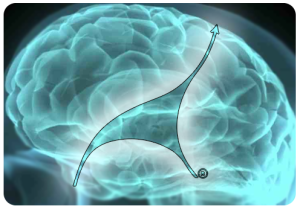Psychometrics and Business improvement
There are many psychometric assessments in the market place. Some are a highly reliable measurement of an individual’s mindset, attitude and behaviour.
This may be common sense, but research shows that people whose interests match their occupations find greater job satisfaction, are more productive and have higher levels of motivation.
Most providers claim that they provide people assessments which empower business leaders to transform the performance of their teams and individuals – and some go further to claim that they deliver an immediate impact on their organisation. Bold claims, and the increasing use of such tests suggest there is a lot of real value. However, many businesses will then say ” we have the assessments and know where we are…..so what?” “What do I do with this information?”
The same applies to knowledge training. “I have the knowledge – So what?”
“Is there an answer?” – YES. We can help you use the information and knowledge – productively.
 Neuroscience – has seen most of its major discoveries made in the last 10-15 years – has proved that the brain is remarkably elastic in terms of its capacity for change. And it’s this proof that makes Mind Fit so important and relevant to today’s understanding.
Neuroscience – has seen most of its major discoveries made in the last 10-15 years – has proved that the brain is remarkably elastic in terms of its capacity for change. And it’s this proof that makes Mind Fit so important and relevant to today’s understanding.
In short, Mind Fit is supported by neuroscience and psychology. We utilise this 21st century knowledge of how our mind works that impacts on our behaviour. We apply it into everyday actions in the workplace. Our brains grow with use so why not use it. People develop a ‘can do’ mindset to perform and become Mind Fit.
Measuring Business Improvement
Kirkpatrick (1959), provides four ways of measuring training. Unfortunately, trainers usually only measure Kirkpatrick 1. and 2. Important as they are, business impact is measured with Kirkpatrick 4 and this is where the Mind Fit process really comes into full effect – creating the added value and new value. We focus on measures 3 and 4 from the outset – because it’s all about performance! The ROI of the intervention programme has to be measurable – or why do it?
Kirkpatrick (1959) mesaurement of training
- Reaction
- Learning
- Attitude and behavioural change
- Tangible results…improvement in KPIs
We measure (3.) and the client measures (4.) and these tangible results or KPIs are a simple and clear measurement for the ROI of the intervention programme.
Note the Mind Fit approach is sustainable so (4.) should continue to grow.